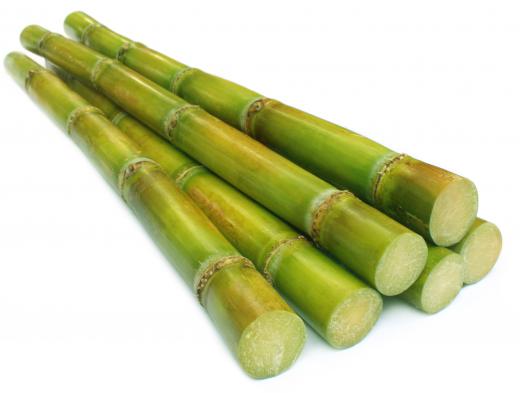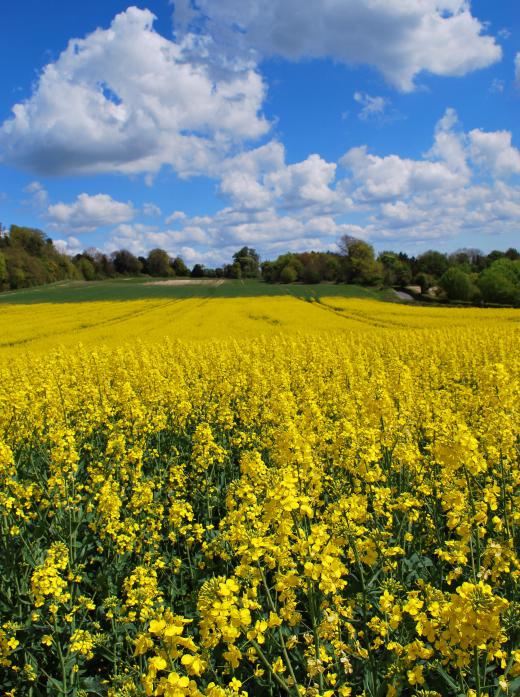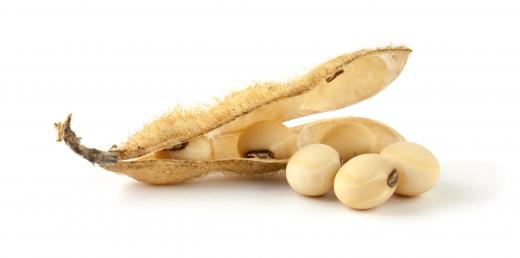What are Biofuels?
Biofuels are a type of renewable fuel, usually found in liquid form, that have been distilled and produced from a variety of grains and animal fats. These elements, the base compounds for biofuels, are referred to as biomass, with the most popular being corn. Other forms of biomass can include barley, sugar cane, soybeans, canola, and other traditional row crops. The two most well-known biofuels are ethanol and biodiesel.
Ethanol is a clear alcohol that is virtually indistinguishable from the type of alcohol one finds in whiskey or beer. Its base is a pure grain alcohol, identical in content to homemade liquors such as the moonshine or white lightning produced in well-hidden stills during the era of American prohibition. As of 2009, ethanol is being used primarily as a federally mandated additive to gasoline. The stated purpose of ethanol production is to reduce pollution, greenhouse gas emissions, and dependence upon both petroleum-based fuels and the countries that provide them.

However, there are questions regarding the environmental wisdom of increased ethanol production. While it is no doubt a renewable fuel, it utilizes vast amounts of grain that were formerly allocated toward producing feed for animals or food for direct human consumption. This has led to substantial, worldwide price increases in almost all commercially available foods, particularly breads, cereals, pastas, pork, fowl, and beef.

Furthermore, as federal mandates for ethanol use expand, additional forested land is being cleared for agricultural purposes. Since trees absorb carbon dioxide, their harvest could lead to an even greater greenhouse effect. Last but not least, the increased production of biomass grains entails an increased use of herbicides, pesticides, fertilizers, and emissions from farm equipment.

Biodiesel is similar to ethanol in that it is a renewable liquid fuel, however it is most commonly created from soybeans, canola, or animal fat. Unlike undiluted ethanol, which will destroy the rubber seals and gaskets in a standard car engine, biodiesel is very close in chemical composition to petroleum-based diesel. It can either be blended with this fuel, or used as a direct substitute.

However, the process of producing biodiesel poses the same problems as ethanol in terms of reallocating food sources and converting forests and grasslands to agricultural use. While renewable fuels are certainly a wise idea, there is much debate concerning the positives and negatives of biofuels. Though widely touted as being superior to petroleum-based fuels, they are far from clean. There is some fear that biofuels, if produced in excess, could lead to an acceleration of the very problems they were intended to cure.
AS FEATURED ON:
AS FEATURED ON:

















Discussion Comments
-I read a book by Thomas Freidman that went into great detail about the problems caused by palm oil ethanol production. Palm oil plantations are often created by farmers slashing and burning rainforests in fragile ecosystems to make room for these crops. I wonder if this makes palm oil biofuels dirtier than petroleum-based fuels.
There are new technologies being developed that could offer solutions to biofuel production problems. Specifically algae, biomass waste, and certain types of switch grass may be a future solution to problems like competition with food crops, fertilizer input, and biodiversity loss. It's doubtful that there will be a single solution. It's more likely that there will be multiple solutions that are appropriate for the locale where the biofuels are produced. Development of second generation biofuels will take a collaboration of ideas from fields like physics, environmental sciences, bioengineering, and biochemistry among others. Crops will have to use marginal lands, require low levels of fertilization, and be cost effective. A tough task, but with the amount of R&D money being funneled to these technologies, it seems like a task that is completely feasible.
Post your comments